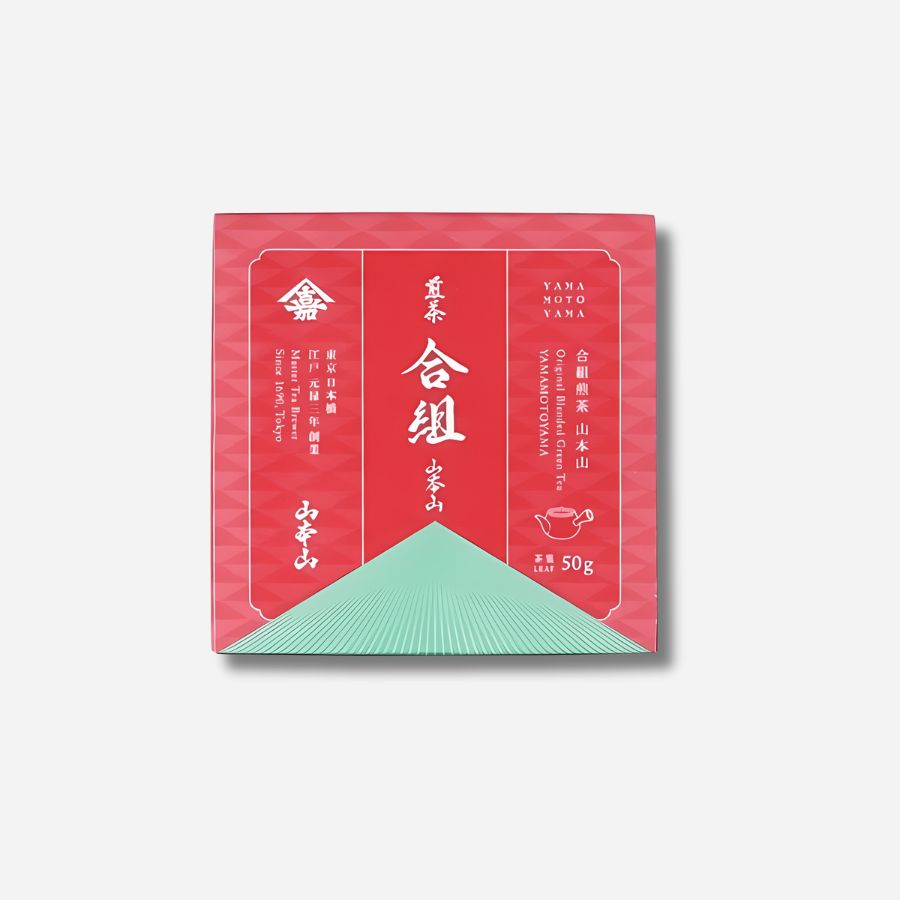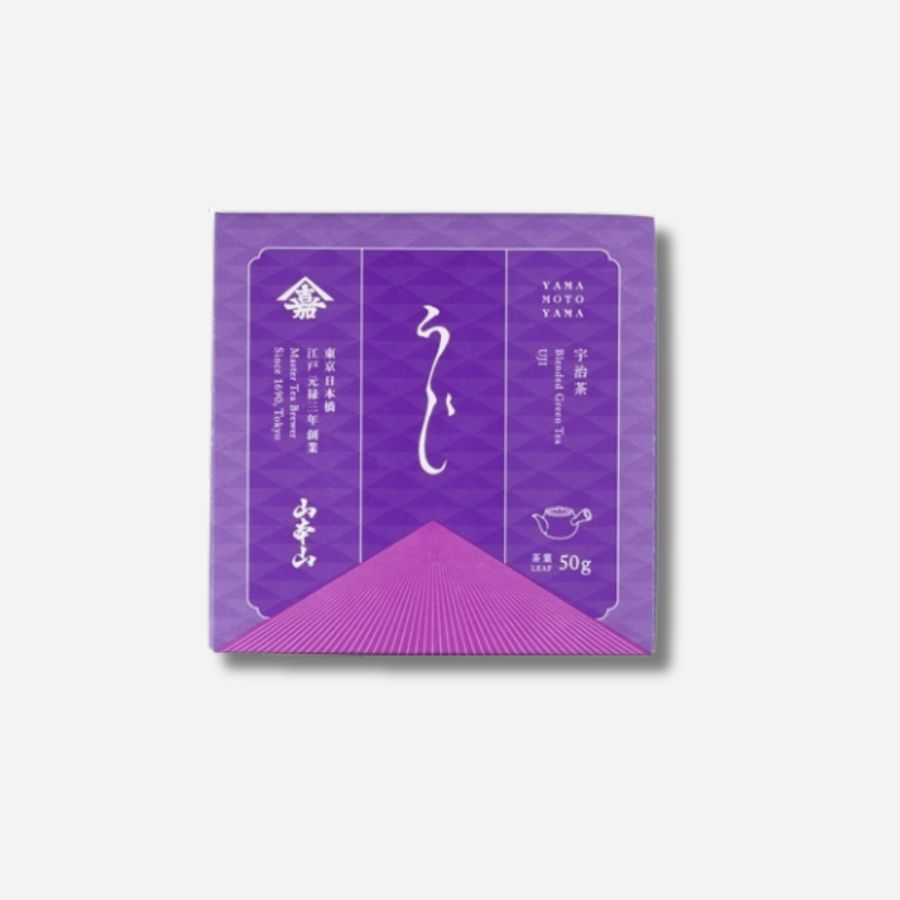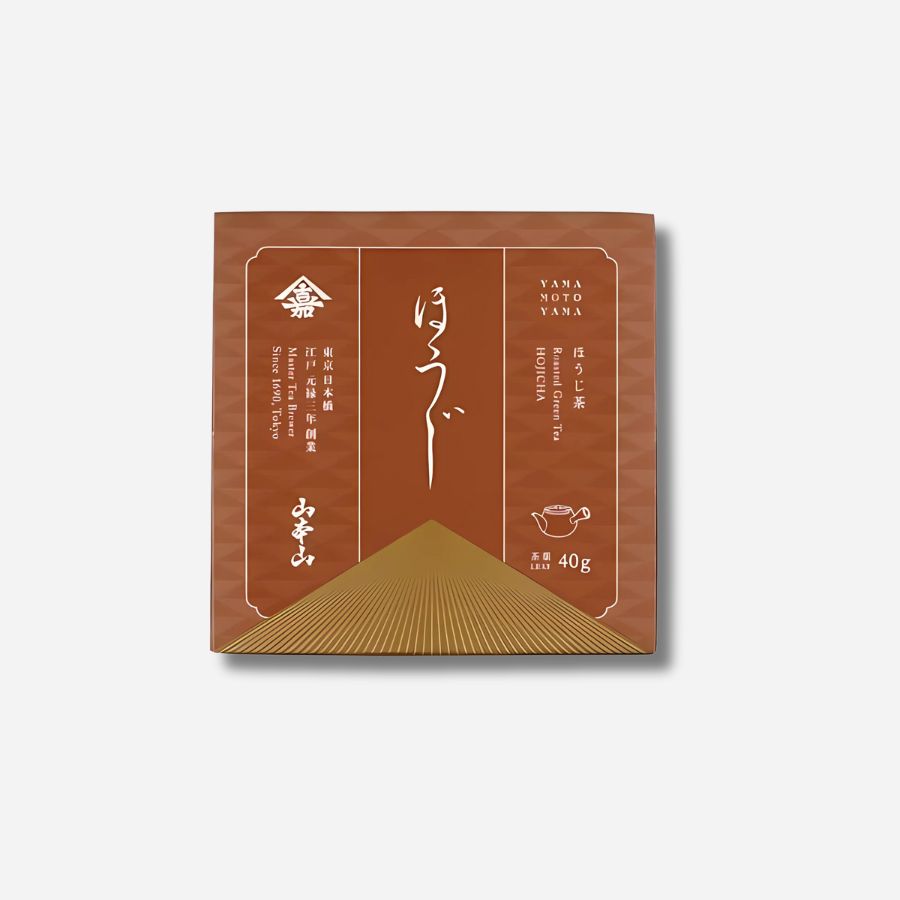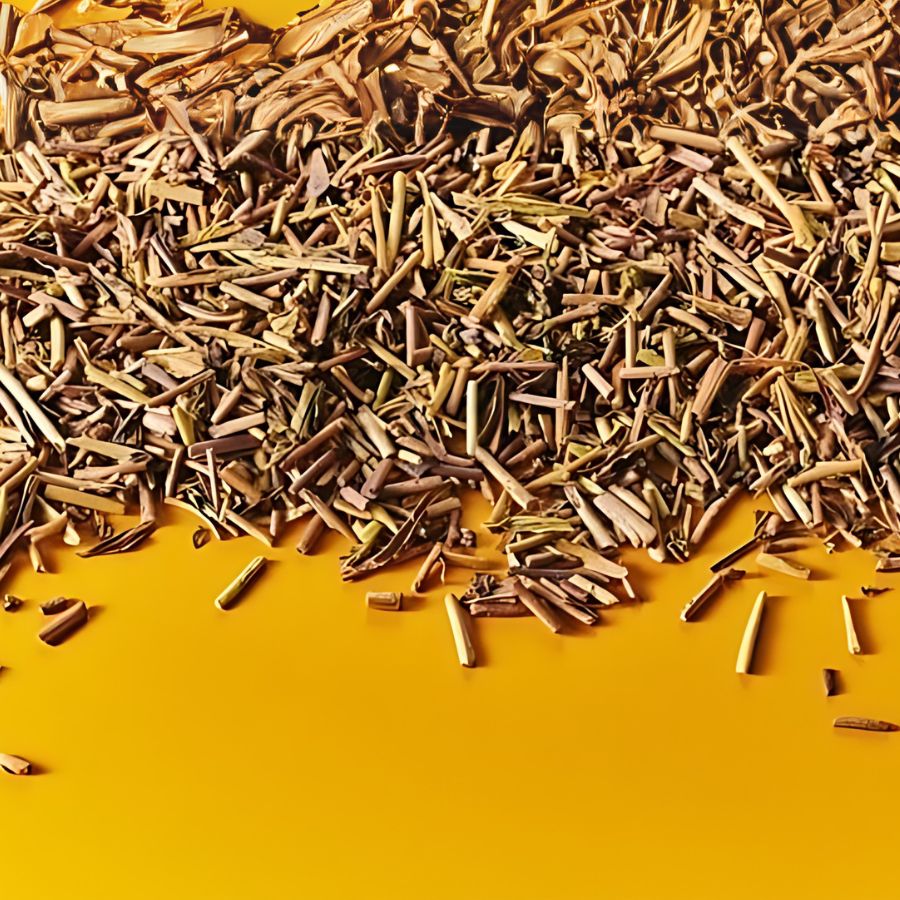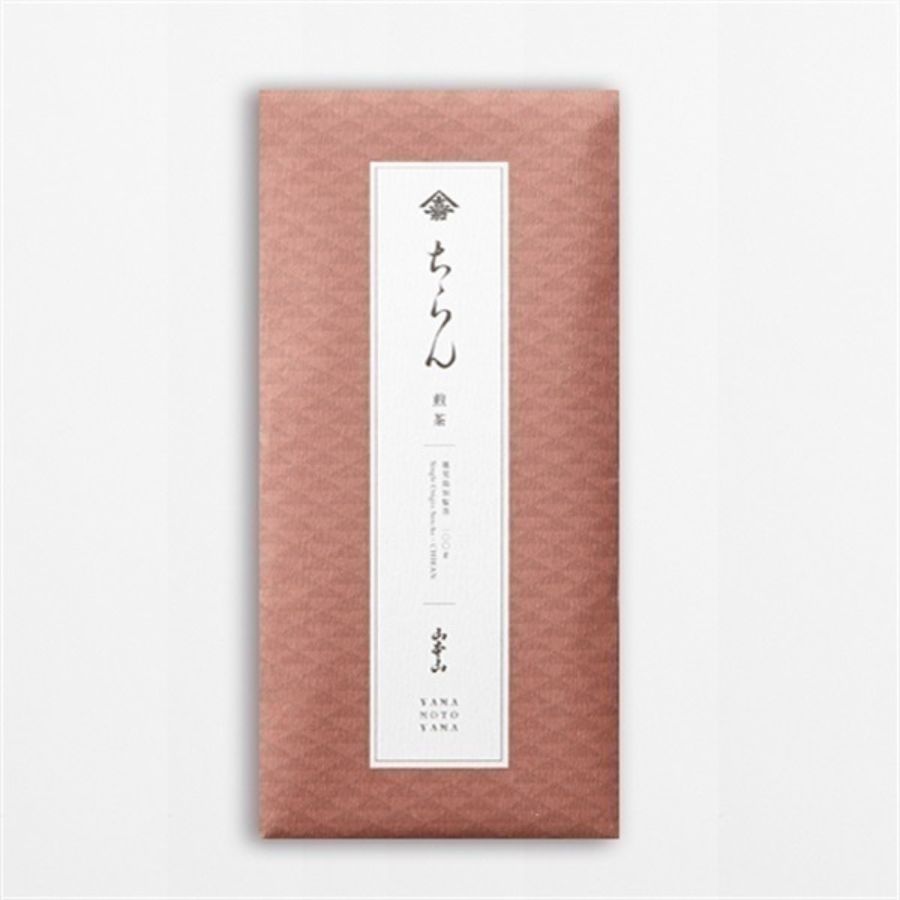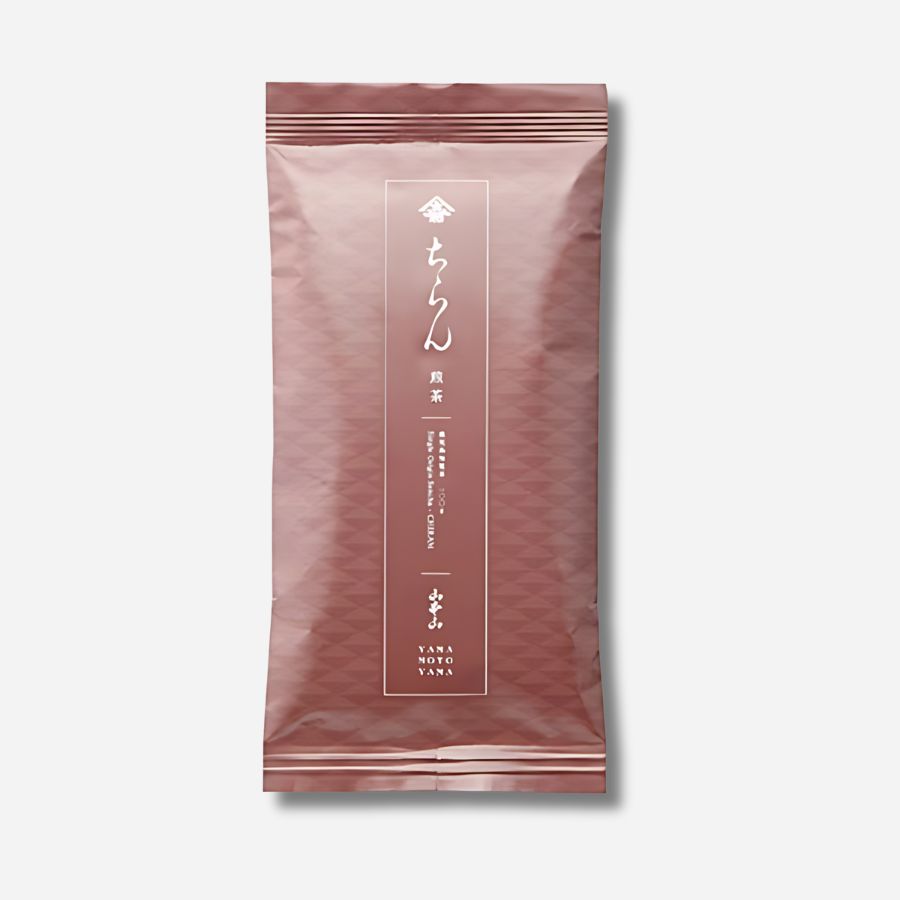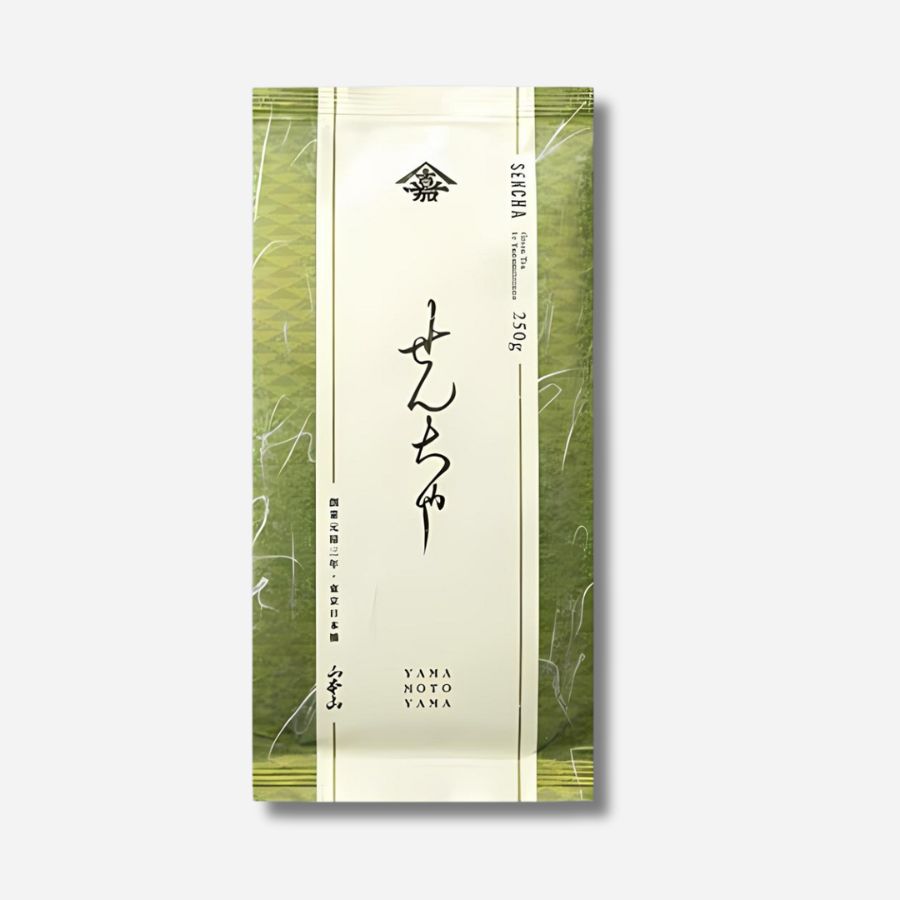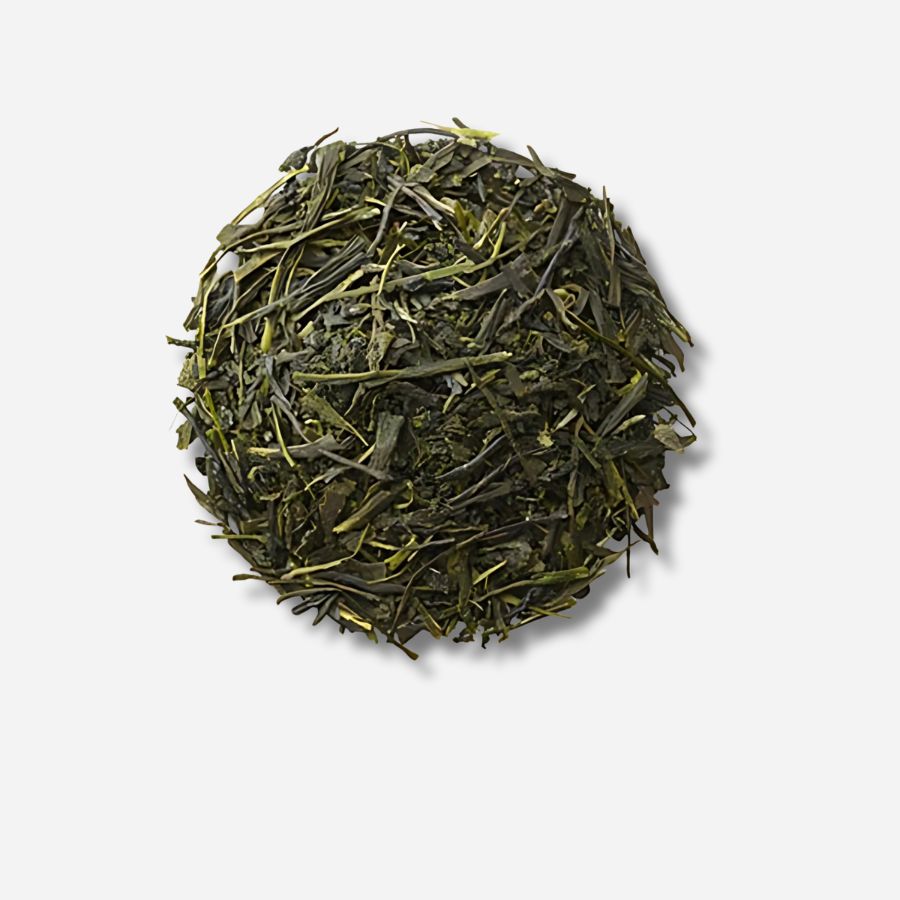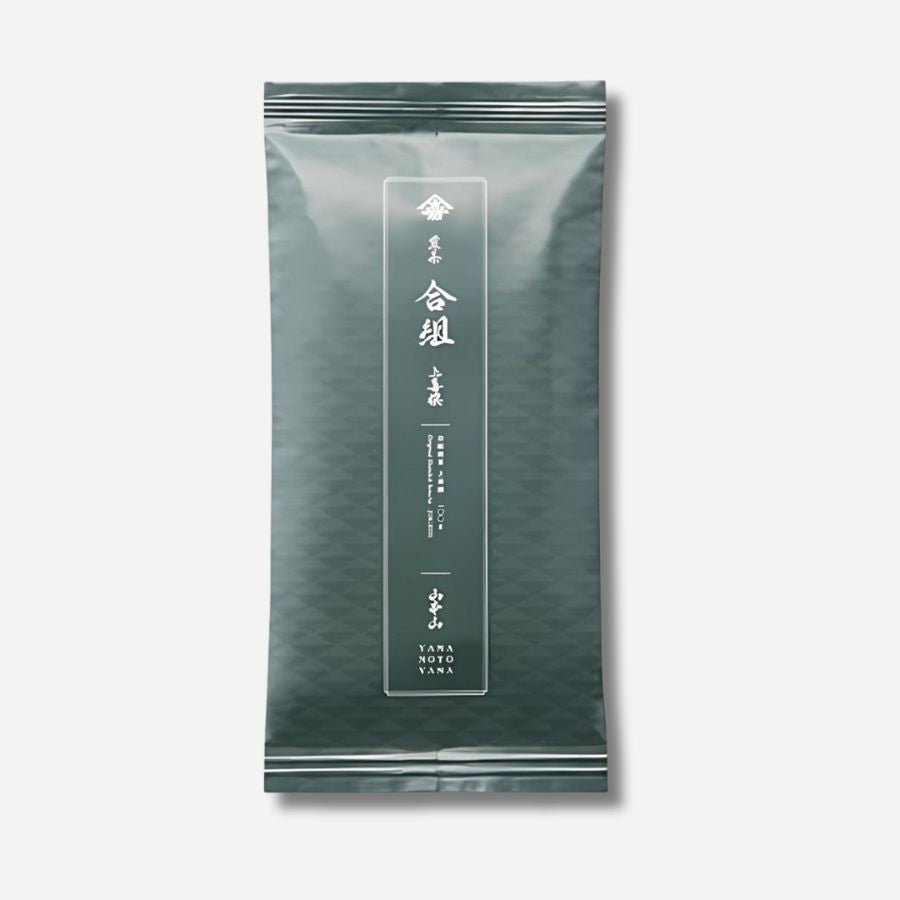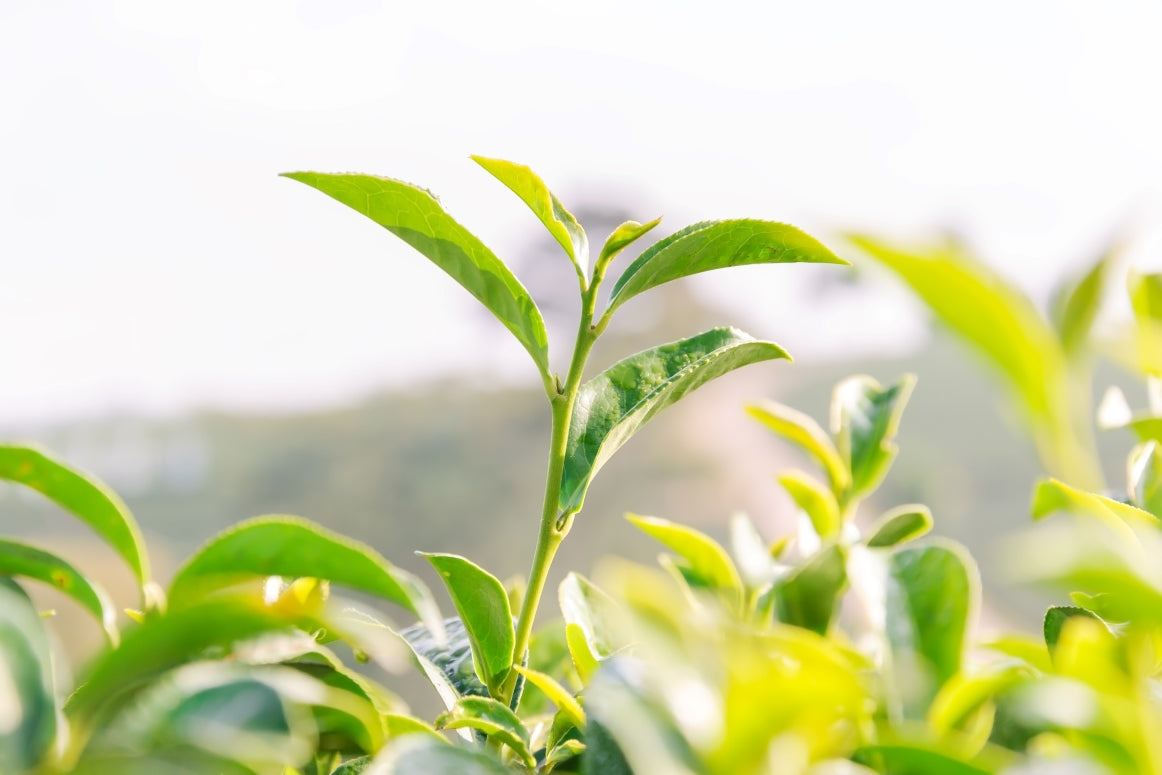
Not just "Yabukita"! | Tea Variety Guide
- Introduction
- "Yabukita" takes Japan's tea plantations by storm
- Not just "Yabukita"! The appeal of a variety of varieties
- Reasons for different harvest times:
- Main Variety Features
- Sae Green
- Koshun
- Rich and green
- Beginning
- Yabukita
- Benifuki
- Samidori
- Sayama Kaori
- Dew Light
- Okumidori
- Okuyutaka
- Kanaya Midori
- Asahi
- Ujihikari
- Exhibition
- Otori
- Finally
Introduction
Although it is generally referred to as "tea," there are actually many different varieties.
The flavor and aroma of the tea we drink every day varies greatly depending on the variety.

"Yabukita" takes Japan's tea plantations by storm
The most commonly grown variety in Japanese tea gardens is "Yabukita."
Its cultivated area accounts for more than 70% of tea plantations in the country, and it can truly be said to be the face of Japanese tea.
The reason why Yabukita has become so popular is because it takes root easily.
"Yabukita," selected by Sugiyama Hikosaburo of Shizuoka Prefecture during the Meiji period, was not only of high quality but also easy to cultivate as it was resistant to cold and disease, and was expected to produce a stable yield.
As a result, it has been chosen by many tea farmers and has become popular throughout the country.

Not just "Yabukita"! The appeal of a variety of varieties
However, it is important to keep in mind that although "Yabukita" accounts for an overwhelming share of the market, varieties other than Yabukita also have their own wonderful personalities.
They have a variety of personalities, such as a distinctive fragrance or good vigor (growing momentum).
As of 2020, there are 120 varieties registered with the Ministry of Agriculture, Forestry and Fisheries, but if we include varieties that are not registered but have been named and popularized by research institutions, the number is more than double that.
Among them, some of the most prominent ones are introduced below.

Reasons for different harvest times
Tea varieties are broadly divided into three types: early, mid and late varieties.
These species grow at different rates, and there are regional differences, but the early varieties are harvested around the beginning of May, while the late varieties are harvested about two weeks after the mid-season varieties.
In tea plantations, these varieties are cultivated in combination to spread out the harvesting seasons, improve work efficiency, and produce a variety of tea leaves. Each variety has a different harvesting season and produces a different tea flavor.
Early varieties are characterized by their strong fragrance and refreshing taste, while late varieties are characterized by their rich, deep flavor.
The best varieties are selected depending on the region and purpose of cultivation.

Main Variety Features
Saemidori (Produced in Miyazaki and Kagoshima Prefectures)
This variety is a cross between Yabukita, which has become popular in recent years mainly in Kagoshima Prefecture, and Asatsuyu, known as natural gyokuro.
As its name suggests, it is characterized by its vivid green color, elegant fragrance, low astringency and high umami content.
It is cultivated for a wide range of uses, from sencha to gyokuro and matcha. It combines the fresh aroma of Yabukita with the unique flavor of Asatsuyu, and is mainly used for deep-steamed sencha. It has a bright green color, little astringency, and a strong umami flavor.
Koshun (Produced in Shizuoka Prefecture)
This is a new variety that was created in 1970 by the Shizuoka Prefectural Tea Research Station through crossbreeding of "Kurasawa" and "Kanayamidori". It was registered as a variety in 2000.
As its name suggests, this tea is known for its very distinctive aroma. It has a refreshing flavor that combines the fresh aroma of new tea with a scent reminiscent of jasmine.
This refreshing scent is gaining popularity, especially among young women.
Yutaka Midori (Produced in Miyazaki and Kagoshima Prefectures)
This variety was registered in Shizuoka Prefecture and is a natural hybrid of "Asatsuyu," known as natural Gyokuro.
It is the second most popular variety after Yabukita and boasts the second highest production volume. Although it is weak to cold, it is resistant to disease and produces large yields in warm regions, so it is mainly cultivated in Kagoshima and Miyazaki prefectures.
It is characterized by its deep blue color, unique aroma, and full-bodied flavor.
Shunmei (Produced in Miyazaki and Kagoshima Prefectures)
A hybrid of Yutakamidori and Tamamidori x S6. It was developed at the Shizuoka Vegetable and Tea Research Center and was registered in 1988.
It contains a lot of theanine and has a mellow flavor and natural sweetness. It is said to be the darkest green among early varieties.
It is easy to cultivate and produces a high yield, but is sensitive to frost, so it is grown in warm regions south of Shizuoka.
Yabukita (Production areas: Nationwide)
It began with a tea plant selected by Sugiyama Hikosaburo in 1908, and is now the most widely cultivated tea variety in Japan.
It boasts a well-balanced quality of flavor, astringency, and aroma, and has an excellent yield. It is a stable variety that is cultivated widely throughout the country.
It has a fresh aroma and strong flavor, and is also the standard for judging the quality of tea.
Benifuuki (Produced in Saitama, Shizuoka, and Mie prefectures)
Benifuuki is a relatively new variety that was registered with the Ministry of Agriculture, Forestry and Fisheries in 1993. It was created by crossbreeding the black tea varieties "Benimhomare" and "Darjeeling."
When it was first developed, it was expected to be used as black tea, but in recent years, the demand for it as green tea has also increased. It is characterized by its astringency and rich aroma, and is often blended with second-grade and third-grade teas, which also have astringency.
Benifuuki contains more of a component called "methylated catechins" than other tea leaves. This component is said to have antioxidant properties and to suppress allergies such as hay fever, but when made into black tea, the effects of methylated catechins are lost.
The word "pollen" has been added to the functional claims for "Benifuki" green tea.
Samidori
"Samidori" is the most widely produced variety of tencha in Japan, grown mainly in Kyoto Prefecture.
It is derived from a native Uji variety selected by Seijiro Koyama of Kyoto Prefecture, and is known as a high-quality tea characterized by its elegant flavor and aroma.
The leaves are shiny and have excellent taste and aroma. It is suitable for not only tencha but also gyokuro and sencha, and is a high-quality variety with little variation from year to year.
Sayama Kaori
This variety was selected from natural crossbreeding of "Yabukita" in Sayama City, Saitama Prefecture. It was registered as a variety in 1971 and is currently the fifth most commonly cultivated variety in the country.
It is characterized by its rising fragrance and firm, full-bodied flavor. It is cultivated in the mountains of Kanto and Western Japan, where there are large temperature differences.
Dew Light
This is a new variety of tea developed in Shizuoka Prefecture. It was created by crossing the varieties "Shizuoka 7132" and "Asatsuyu."
"Asatsuyu" is also known as natural gyokuro, and has inherited its refreshing flavor. It is resistant to cold and disease, and can produce tea of consistent quality, resulting in high yields, making it a welcome variety for producers.
It is characterized by its bright green color and refreshing fragrance, and has become increasingly popular in recent years.
Okumidori (Produced in Mie, Kyoto, and Kagoshima Prefectures)
This variety was created at the National Tea Research Institute in Kanaya, Shizuoka Prefecture, by crossing Shizuoka's native variety "Shizuzai 16" with Yabukita. It has a refreshing, clean taste with little astringency, making it easy to drink.
It has few defects and peculiar tastes, and is used for Sencha, Matcha, etc. The color of the tea leaves when pulled is deep, so recently the number of tea farmers making Matcha from it has been increasing.
Okuyutaka (Produced in Shizuoka, Fukuoka, and Kagoshima Prefectures)
Like Yutaka Midori, it has a mellow fragrance, a refined and elegant aroma, and a strong, rich, mellow flavor with a clean, refreshing aftertaste.
It has a refreshing taste with little astringency or bitterness. Although the harvest period is short due to the weak vigor of the tree, the quality is high and it is a "rare variety" that accounts for less than 1% of the total.
Kanaya Midori (Produced in Shizuoka and Kagoshima Prefectures)
This variety is a hybrid of a Shizuoka native variety cultivated at the National Tea Research Station in Kanaya, Shizuoka Prefecture (now the National Agriculture and Food Research Organization's Vegetable and Tea Research Station) and Yabukita. It was named after the place where it was cultivated, Kanaya.
It has a sweet aroma reminiscent of milk, and its unique flavor has attracted attention in recent years, becoming increasingly popular overseas as well.
Asahi
It is a variety primarily used for making tencha, and is mostly grown in Kyoto. It is a native variety from Uji that was selected by Jinnojo Hirano of Kyoto Prefecture.
This is a high-quality matcha with a mellow taste. It is an extremely excellent variety that always ranks highly at national tea competitions.
The new shoots are thin and soft, and have an outstanding fragrance, making Asahi the most expensive type of matcha.
Ujihikari
This is a variety for tencha and gyokuro that was selected by the Kyoto Prefectural Agricultural Experiment Station's Tea Industry Research Institute from a native variety developed by Nakamura Tokichi of Kyoto Prefecture.
It has a light yet sophisticated taste with a good balance of savory and sweet flavors.
Exhibition
This variety, suitable for matcha and gyokuro, was registered in 2006. It was born from natural crossing with Samidori.
It has a beautiful bright green color and is blessed with a good aroma for matcha. Although the yield is still small, it has a good flavor and has become a popular variety in recent years.
Otori
"Hoshun" was selected and cultivated from the natural cross-pollination seedlings of Samidori. It was developed at the Kyoto Tea Research Institute and registered as a variety in 2006.
This variety is expected to be a good choice for Gyokuro. The new shoots grow upright, making them suitable for mechanical picking, but the yield is still low.

Finally
This time, we have introduced you to the main types of tea grown in Japan and their characteristics.
We drink green tea every day without thinking much about it, but when you learn about the many different types, don't you want to try comparing them?
By learning about tea varieties and regions and tasting tea, you may be able to find your favorite tea leaves more easily. Please try using this information to find your favorite tea leaves.





